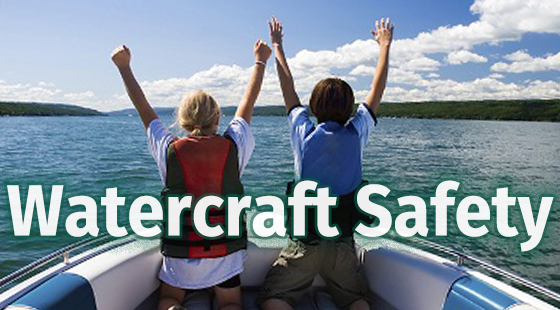Annually in late June, Narrow River Preservation Association hosts a one mile open water swim in one of Rhode Island’s most scenic waterways.

PLEASE ARRIVE AT THE PARKING AREA BETWEEN 7-8am.
Swimmers not wishing to take the shuttle may be dropped off at the course, but there is NO PARKING at or near the course.
2025 Details:
*Please note we have made changes from past years.*
When: Saturday, June 21, 2025, 9:00am (rain or shine)
Where: URI Boathouse – Flagg Rowing Center, 166 Walmsley Lane, North Kingstown, R.I. **For SAFETY reasons there will be NO participant parking on Walmsley Lane or River Road. All participants are asked to park at 1240 Boston Neck Road, Narragansett and take our shuttle to the swim.** Spectators are also welcome to park and take the shuttle to the event.
Shuttles will start running at 7:15am for registrations starting at 7:30 and will run continuously between the parking lot and the swim until 8:00am. The last shuttle will leave the parking area before 8:15. All swimmers MUST be checked in by 8:45am.
Swimmers not wishing to take the shuttle may be dropped off at the course, but there is NO PARKING at or near the course.
After the swim, the shuttle will run bring swimmers and spectators back to the parking lot between 10:30 and 11:30am.
Registration: Online registration. Registration closes at 5pm Thursday, June 19. (Sorry – no day-of registration this year.)

Boathouse
Start, Course, and Finish (black dashed lines): In water start at beach adjacent to the URI Boathouse dock. Swim with orange buoys on your left, round the farthest buoy counterclockwise, swim back with buoys on your left. Finish by crossing the timing mat on shore.
Entry Fee: $45 if registered before June 1, $55 after June 1. Includes 2025 Turnaround Swim T-shirt. Entry fees are non-refundable.
Swim Sponsor: Swim Sponsor: $95 ($45 entry fee, $25 reduced membership, and $30 donation). Includes one year NRPA membership and name listed in 2025 Turnaround Swim publicity.
Distance: One Mile (1/2 mile out and 1/2 mile back). Common start for wetsuit and non-wetsuit divisions.
Limit: 150 participants.
Timing: Ankle chip timing by New England Timing.
Check In: 7:30 to 8:45 a.m. No one will be admitted to the Turnaround Swim unless they have checked in and received a numbered swim cap by 8:45 a.m.
Maximum Time: Swimmers are given one hour to complete the swim.
Mandatory Safety Briefing: 8:55 a.m.
Safety: Because of the uncertainty of weather conditions such as fog or lightning, the lifeguards and event committee reserve the right to cancel the event to ensure the safety of the participants.
A WORD OF CAUTION! The Narrow River is home to Rhode island’s only substantial population of native oysters, but the edges of these wonderful oysters can be SHARP! We recommend protective footwear for the Turnaround Swim. Participation is at your own risk.
Curious about swimming in Narrow River? Check out this essay by swimmer and Narrow River enthusiast Veronica Berounsky!

























